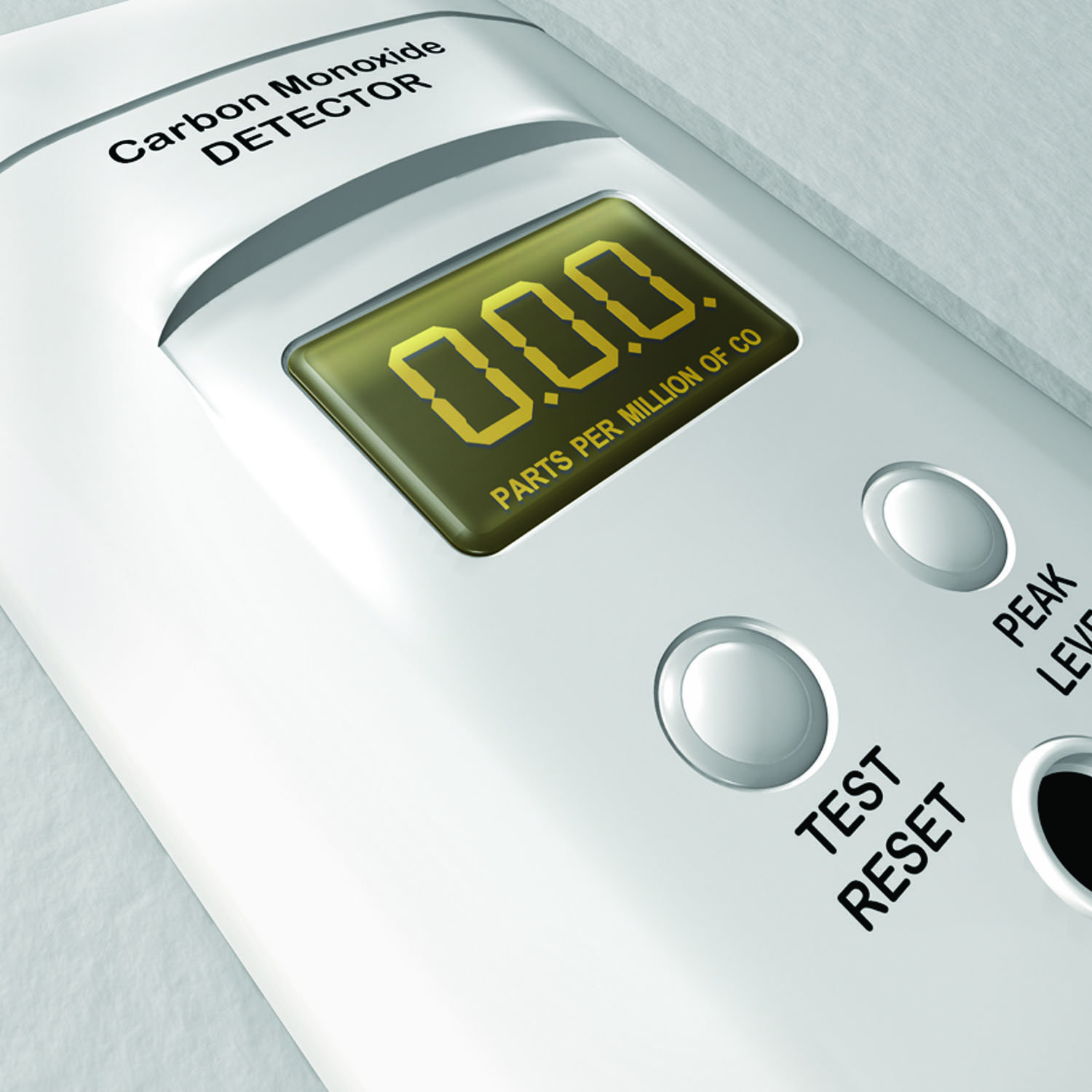Department warns residents of dangers of carbon monoxide amid recent deaths

With the recent fire and toxic gas-related deaths in our state, the Sumter Fire Department would like to reiterate the importance of carbon monoxide detectors.
Carbon monoxide is a colorless, odorless, tasteless gas that comes from many fuel-burning appliances, including vehicles, gas stoves, gas water heaters, fireplaces and furnaces. Extended exposure to carbon monoxide is lethal. The International Fire Code requires all residential units that have an attached garage and/or contain a fuel-burning appliance must have carbon monoxide detectors.
Reference: International Fire Code (IFC 2015)
IFC 915.1.2 - Carbon monoxide detection shall be provided in dwelling units, sleeping units and classrooms that contain a fuel-burning appliance or a fuel-burning fireplace.
IFC 915.1.5 - Carbon monoxide detection shall be provided in dwelling units, sleeping units and classrooms in buildings with attached private garages.
A flyer from DHEC contains helpful information on carbon monoxide. Please look over this information and share it with your tenants. We want to take this time to educate our community and keep our residents safe.
We would ask that you take this time to check your property or properties for the appropriate detection devices. This would include appropriate placement, age of the detector (typical lifespan is 5-7 years) and to check for working batteries.
Thank you in advance for your prompt attention, and if you have any concerns, please contact the Sumter Fire Department at (803) 436-2600.
What is it?
Carbon monoxide (CO) is a gas that you cannot see or smell. It is produced whenever something is burned incompletely or when something is burned in a closed-in area. It is toxic to all humans and animals. It is also the most commonly inhaled poisonous substance and is a common indoor air pollutant.
Where can it be formed in and around the house?
- An incorrectly adjusted or vented furnace;
- Gas water heaters with improperly aligned or obstructed exhaust pipes;
- Gas stoves that are left on for long periods of time or used as heaters;
- Fireplaces that are blocked by debris;
- Wood stoves;
- Gas or kerosene space heaters that are used in unvented rooms;
- Charcoal grills that are used inside as heaters or in garages or unvented areas; and
- Automobiles that are allowed to idle in closed garages.
What are symptoms of carbon monoxide poisoning?
- Severe headache;
- Confusion about surroundings;
- Sleepiness;
- Nausea and/or vomiting;
- Dizziness; and
- Fainting.
Sometimes, people with these symptoms think they are getting the flu.
Carbon monoxide poisoning can lead to death.
If carbon monoxide poisoning is suspected, move everyone to an area with fresh air, call 911 and the Palmetto Poison Center at 1-800-222-1222.
What can you do to protect yourself from carbon monoxide poisoning where you live?
- Install carbon monoxide detectors to detect the presence of high levels of carbon monoxide in your home.
- Never use gas or kerosene space heaters or gas stoves in unvented rooms.
- Never use gas stoves or charcoal grills inside as heaters.
- Never stay in a closed garage with a car that is running.
- Check fuel-burning appliances such as water heaters, clothes dryer and furnace connections to make sure they are operating correctly, and have a professional check the fireplace once a year.
For more information, visit:
More Articles to Read
